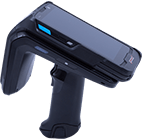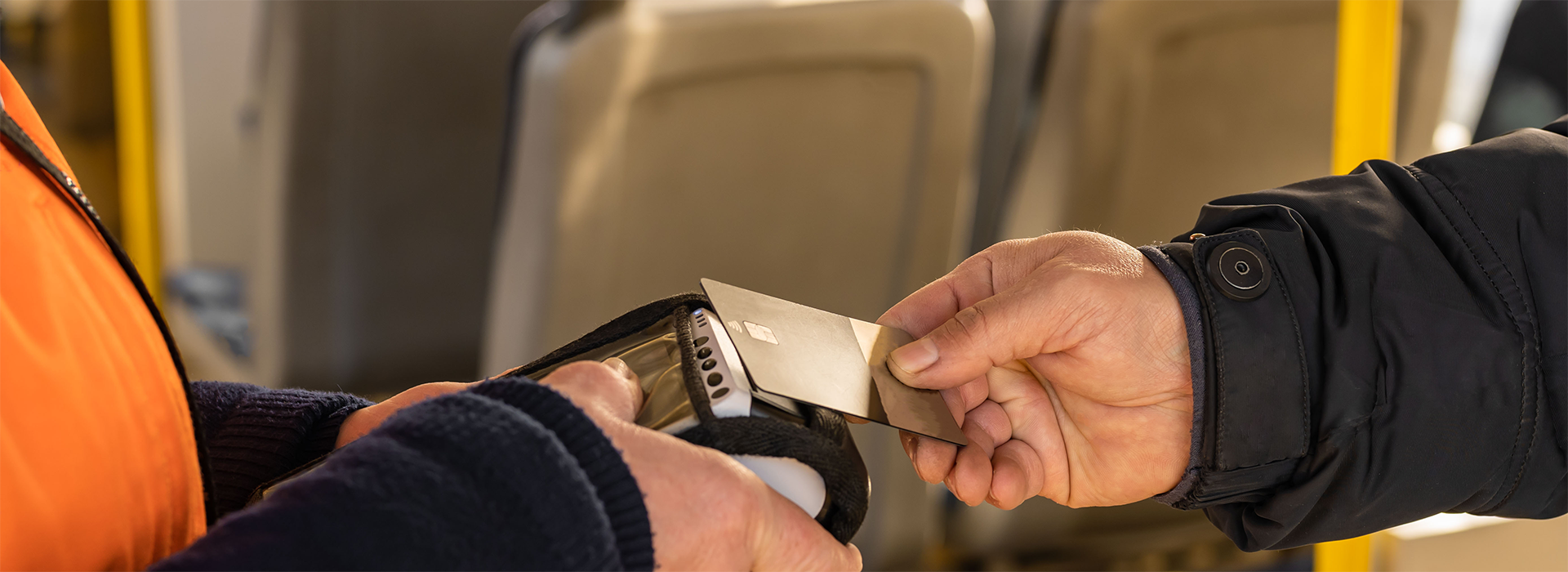To say that the covid pandemic has had an impact on Public Transportation Systems would be a massive understatement. While these systems have had to deal with dramatically reduced ridership levels, there have also been significant changes with the preferences and usage patterns of the customers when they did arrive. One of the most obvious changes was the rapid adoption of ‘contactless payment’ as a method of fare payment. Rather than buying tickets or passes, transit customers simply ‘tapped’ their credit cards when they rode subways and buses.
Each on their own, these different approaches and technologies present their own unique challenges. But it is how the technology is combined in a handheld device that can really make the difference. We have all experienced waiting in long lines for an inexperienced ticket checker with a poorly performing scanner to validate our entry, especially if a ticket has a problem. Anything short of a quick, painless transaction leaves both the user and the customer wanting more. Today’s modern handheld ticket checking devices not only support multiple formats including EMV credit cards, but their user can switch between them seamlessly and quickly. And that is what makes the difference.





















